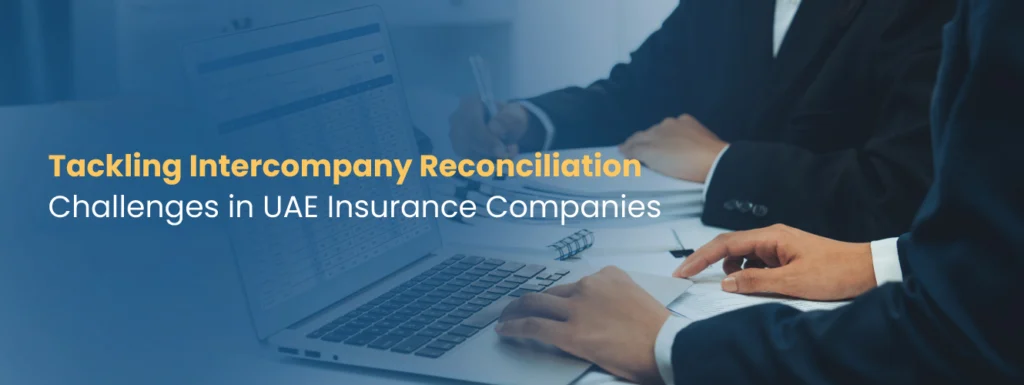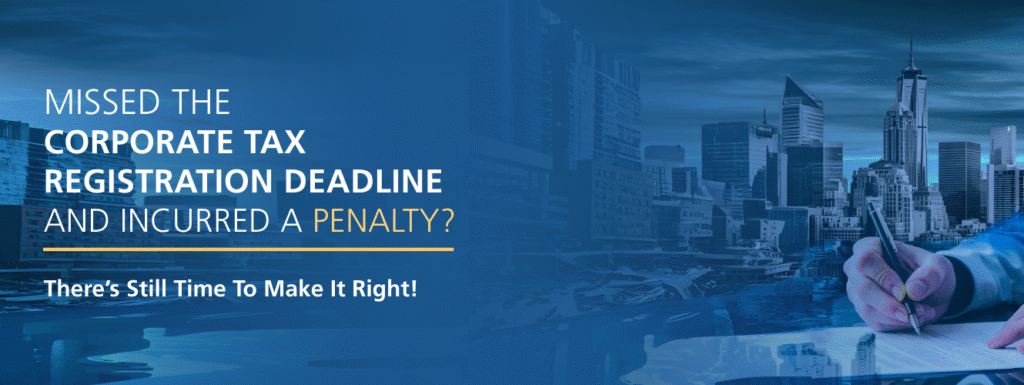Tackling Intercompany Reconciliation Challenges in UAE Insurance Companies
Tackling Intercompany Reconciliation Challenges in UAE Insurance Companies In the dynamic and highly interconnected insurance landscape of the UAE, intercompany reconciliation is a cornerstone of financial integrity and operational efficiency. It’s the essential accounting process that ensures transactions between different entities within the industry are accurate, transparent, and timely. However, this critical function is often hampered by systemic challenges. This article, from BOT Consulting, examines the key issues plaguing intercompany reconciliation and presents a framework of effective solutions to enhance this vital process for insurance companies in the region. Key Problem Areas Undermining Reconciliation Across the UAE’s insurance sector, several recurring issues consistently complicate and delay the reconciliation process: Motor Recovery Claims: Delays in the recognition and settlement of recovery claims are a significant challenge, often due to discrepancies in documentation and timing gaps between parties. Facultative (FAC) Local Premiums: Mismatches in the accounting periods for recording premiums by both ceding and accepting companies lead to persistent reconciliation issues. Facultative Claims (Local): Inconsistencies in claim recording, settlement status, and the flow of supporting documentation create friction and discrepancies. The Core Challenge: Timing Discrepancies and Communication Gaps At the root of most reconciliation challenges are fundamental timing differences. This occurs when one entity records a transaction in a specific accounting period, while the counterparty fails to reflect it in the same period. It is particularly prevalent in: Premium recognition: Discrepancies often arise from varying accounting cycles or processing times, especially in cross-border transactions. Delayed claim settlements: The time lag between a claim’s settlement and its formal acknowledgment by all parties creates outstanding items. Slow documentation flow: The manual or fragmented exchange of crucial documents, such as debit notes and credit notes, often lags behind transaction records. Furthermore, communication gaps worsen these timing issues. The lack of structured follow-up, the absence of a shared digital platform for confirmations, and delayed or missing documentation are significant contributing factors. Existing inefficient workflow – The typical reconciliation process is often a manual, document-dependent workflow: Statement of Accounts (SoA) Exchange: Reconciliation teams identify mismatches from periodic SoAs. Manual Communication: Discrepancies are communicated to the counterparty, usually via email or physical mail, to request confirmation or supporting documents. Documentation Dependency: The reconciliation item remains unresolved until physical documents are submitted and verified by both parties. Entry and Clearance: The item is only cleared from the SoA after both companies have passed the corresponding physical entries in their respective books. This multi-step, manual process is prone to bottlenecks, human error, and prolonged delays. Strategic Solutions for Improved Reconciliation To transition from a reactive, manual process to a proactive, streamlined one, we propose the following strategic solutions: Problem Area Proposed Solution Actionable Initiatives Motor Recovery Standardize Documentation: Implement a uniform format and schedule for sharing recovery claim information. Utilize a monthly ageing report and enforce SLAs for counterparty response times. FAC Local Premiums Implement Cut-off Protocols: Introduce strict communication calendars and cut-off dates for premium bookings. Share quarterly premium confirmations and adopt shared premium tracking systems. FAC Claims Enable Transaction-Level Reconciliation: Shift from batch-based reconciliation to a transaction-by-transaction approach. Assign dedicated liaison officers for high-volume counterparties to ensure clarity. General Delays Digitize and Automate: Transition from manual document exchange to a digital, integrated system. Implement shared digital portal or specialized reconciliation software. Disputes Formalize Dispute Resolution: Establish a clear escalation matrix and a pre-agreed dispute resolution mechanism. Formalize an MOU or SOP with frequently interacting insurers. Adopting these best practices will build a foundation for a more resilient and transparent reconciliation ecosystem: Routine Inter-Insurer Meetings: Hold monthly meetings with high-volume counterparties to address and resolve pending items. Centralized Reconciliation Log: Maintain a joint, accessible log for all outstanding reconciliation items. SLA-Driven Protocols: Implement Service Level Agreements for timely document exchange and communication. Embrace Technology: Leverage automation and Robotic Process Automation (RPA) to handle high-volume, repetitive reconciliation tasks. Conclusion For UAE insurance companies, mastering intercompany reconciliation is non-negotiable for maintaining financial health and regulatory compliance. By strategically addressing timing gaps, standardizing documentation, and enhancing communication channels, insurers can overcome long-standing challenges and significantly reduce audit exceptions. Embracing technology and a structured approach to intercompany coordination is the definitive path toward a more transparent and efficient insurance market in the region. To learn more about optimizing your reconciliation processes, contact BOT Consulting for a professional consultation. Need Assistance? We’re here to help you navigate this process confidently. Contact BOT Consulting Today Email: contact@botconsulting.ae Phone: +971 55 100 3218 Website: www.botconsulting.ae Stay compliant. Avoid penalties. Let BOT Consulting simplify your tax journey.



















